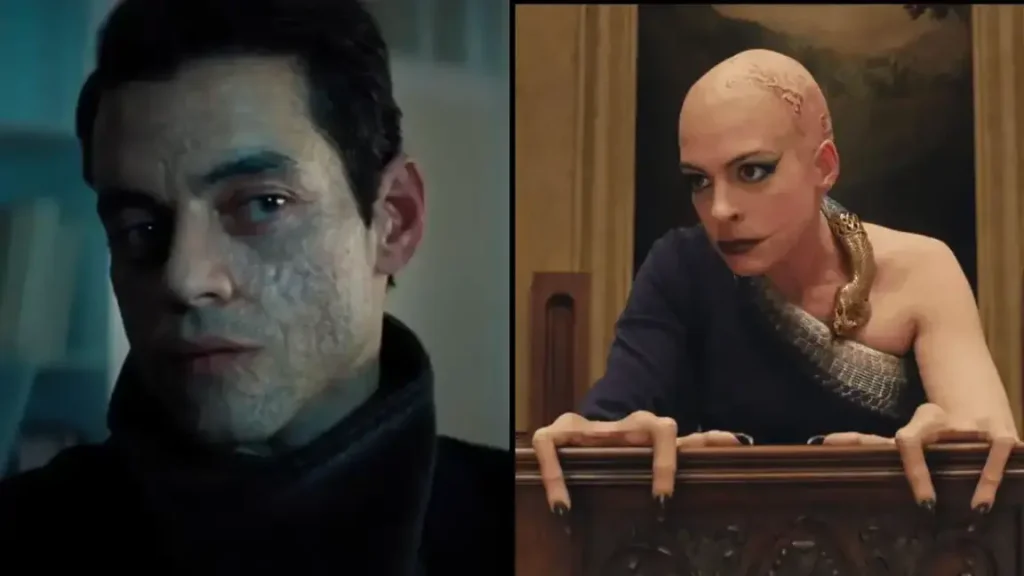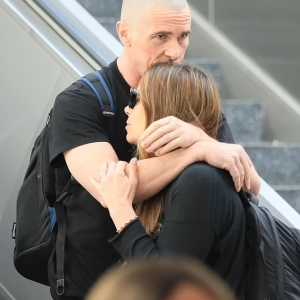Disability advocates are calling for an end to Hollywood’s use of facial disfigurements to signal villainy. This trope appears in films like No Time to Die, where both villains, Safin and Blofeld, have visible scars. Author Jen Campbell called it a “lazy stereotype,” while presenter Adam Pearson stated, “When the only character with a scar or disfigurement is shown as the villain, it’s perpetuating an outdated trope.”
This issue goes beyond James Bond. Characters like Darth Vader and Scar in The Lion King reinforce the link between physical differences and evil. The 2020 film The Witches faced backlash for depicting Anne Hathaway’s character with limb differences, prompting apologies from the actress and Warner Bros.

A study by Changing Faces found that 40% of people with visible differences saw themselves as villains in media, while only 20% saw positive portrayals. The British Film Institute pledged in 2018 to stop funding films that use this harmful trope. Ben Roberts stated, “The time has come for this to stop.”
Campaigns like I Am Not Your Villain push for better representation, urging Hollywood to show people with visible differences as heroes, love interests, and complex characters.





